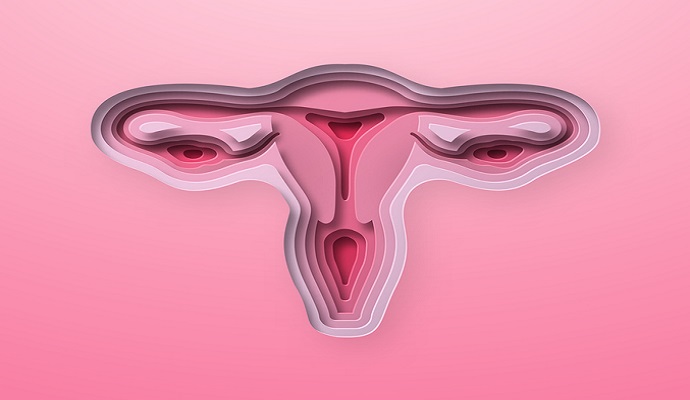Risk Stratification May Reduce Unnecessary Pediatric Oophorectomies
Following the deployment of a risk stratification algorithm, oophorectomies performed for benign disease in pediatric patients decreased from 16.1% to 8.4%.

Source: Getty Images
- A consensus-based, preoperative risk stratification algorithm may help reduce unnecessary oophorectomies in pediatric and adolescent patients with benign ovarian disease, according to a study published this week in JAMA.
The authors indicated that most ovarian masses in pediatric patients are benign, but these are commonly managed via oophorectomy, which could be unnecessary or result in long-term adverse impacts.
Research indicates that these patients should be treated in specialized centers to avoid unnecessary oophorectomies and improve outcomes, but this is not always possible.
To address this, the study authors sought to examine whether a risk stratification tool could discriminate between benign and malignant ovarian pathology and thereby reduce unnecessary oophorectomies. Unnecessary oophorectomy was defined as “oophorectomy for a benign ovarian neoplasm based on final pathology or mass resolution.”
The algorithm was implemented in 11 children’s hospitals in the United States between August 2018 and January 2021 and assessed in three phases: 6 months of preintervention assessment, 6 months of intervention adoption, and 18 months of intervention.
The study cohort consisted of 519 patients aged 6 to 21 years who were undergoing surgery for an ovarian mass in an inpatient setting. Participants were split based on phase, with 96 in the preintervention phase, 105 in the adoption phase, and 318 in the intervention phase.
Benign disease was present in 93 of the patients in the preintervention cohort and in 298 of those in the intervention cohort. The intervention adoption cohort was excluded from statistical comparisons.
When tasked with identifying benign lesions in the intervention cohort, the algorithm achieved a sensitivity of 91.6 percent, a specificity of 90.0 percent, a positive predictive value of 99.3 percent, and a negative predictive value of 41.9 percent.
Further, the proportion of misclassification in the intervention phase, characterized by malignant disease treated with ovary-sparing surgery, was 0.7 percent.
Overall, unnecessary oophorectomies were reduced from 16.1 percent during preintervention to 8.4 percent following the tool’s deployment.
These findings led the research team to conclude that leveraging a consensus-based preoperative risk stratification algorithm to manage children and adolescents with benign ovarian masses has significant potential to prevent unnecessary oophorectomies.
However, further research is needed before such a tool can be widely implemented in clinical settings.
